The employer's duty of care in accordance with the Occupational Health and Safety Act also applies to mobile employees. After all, working for too long under unfavorable working conditions (e.g. with the wrong set-up) is a guarantee for illness, complaints and dissatisfaction. For employers, this means enormous costs due to sickness absence and loss of productivity.
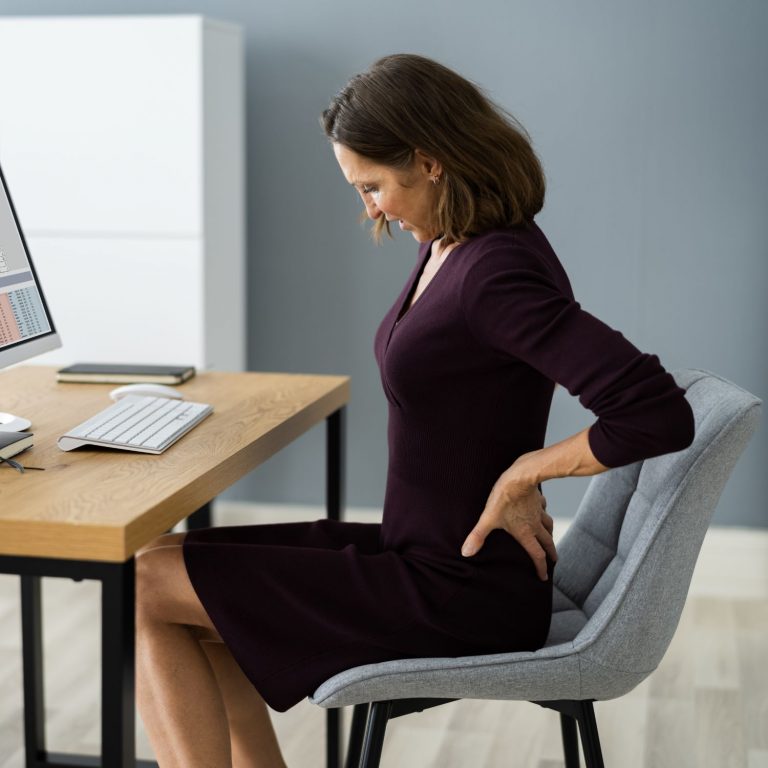
How do your colleagues work from home?
Currently, around a quarter of employees work from home frequently or occasionally. Occupational health and safety is faced with the challenge of assessing the conditions and optimising them without direct influence.
miss the ergonomics of the office
miss the erg. display orientation
rate the erg. of seating furniture as worse
The world of work has changed significantly in recent years, so it is clear that risk assessment must be re-evaluated in the context of a hybrid and multi-local working environment in order to avoid a future wave of MSDs
However, it is simply not feasible to carry out workplace inspections in private rooms. Video-based solutions are an invasion of privacy and also involve considerable effort. The questionnaire-based risk assessment is usually incomprehensible to employees, takes an enormous amount of time and is rarely taken seriously.

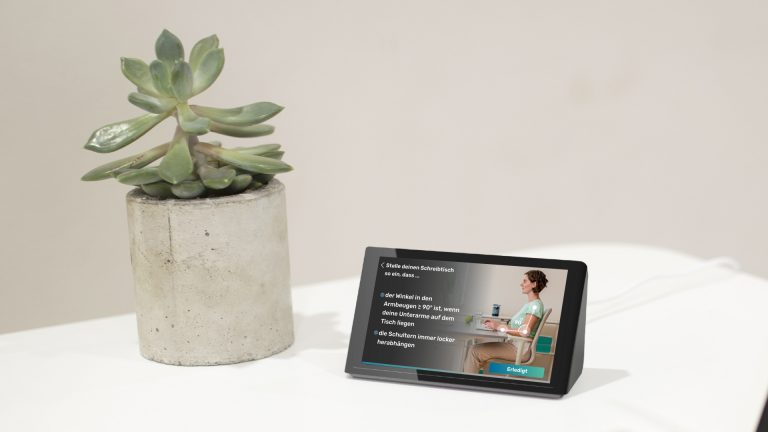
Risk query & interactive optimization guide
In four modules, Isa teaches all relevant content for minimizing risks in the home office and ensures compliance with all legal requirements. Employees learn interactively and clearly how to optimize their working environment (e.g. lighting, noise) and work equipment (e.g. office furniture, mouse, screen).
Isa measures health risks, proposes specific improvement measures and checks their implementation for effectiveness.
> 500 lux
< 60 dB
erg. Setup
erg. Setup
Correct height & utilisation
in front of the table
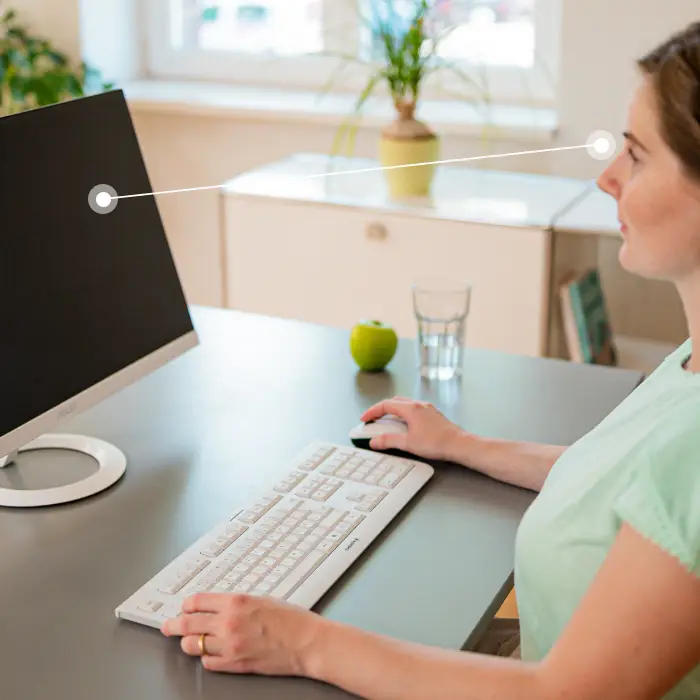
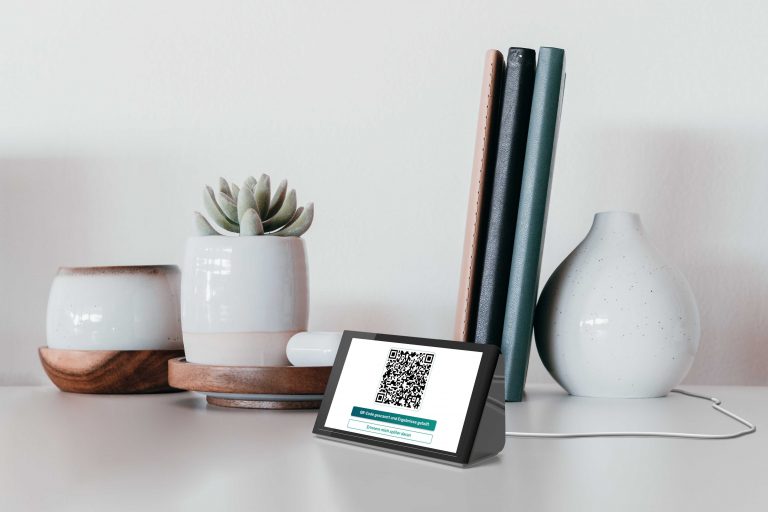
Once the risk assessment has been completed, Isa prepares an individual report. This contains not only the content of the assessment, but also the measures taken by the employee and their effectiveness. Any remaining risks and further recommendations for action are also recorded.
Employees can share the report directly with a specialist or manager with just one click.

Phoenix Contact, a global leader in the electrical engineering industry, decided in 2023 to help its employees achieve a healthier working style with «Isa – ergo move». Some Isa users, especially those working from home, started to redesign their workstations to meet Isa's ergonomic requirements.
Elisabeth Strathaus, Head of Occupational Safety at Phoenix Contact, observed this and commented: "That's exactly what we want to achieve with our work. Isa works like a risk assessment for the home office, but with real effectiveness monitoring." Based on this feedback, Deep Care and Phoenix Contact began to jointly explore how existing approaches to risk assessment in the home environment could be improved, which signalled the start of the development of «Isa – risk assessment».

It is well known that the technical equipment in the home office is often not comparable with modern office and VDU workstations. This is why the risk assessment is not only a legal requirement, but also a necessary measure for the prevention of the situation. The methodology we developed with Deep Care enables a true perception of the actual conditions and achieves a high level of ergonomic effectiveness.

In 2023, B-A-D and Deep Care entered into a pioneering partnership. In this partnership, B-A-D added accompanying digital courses to our Isa and integrated the overall concept into its own prevention programme under the name "KICO - Dein KI-Gesundheitscoach". Since then, we have been working together to develop and promote further innovative approaches in the field of workplace prevention. The synergy between our innovative solutions and B-A-D's many years of experience opens up completely new possibilities.
When our partners at B-A-D heard about the plans for an AI-supported risk assessment, they were very enthusiastic. Since then, they have been fully committed to realising this idea. B-A-D's occupational health and safety experts played a crucial role in defining and sharpening the requirements that Isa must fulfil in order to be able to carry out a comprehensive risk assessment and instruction. They accompanied the development process from the ground up to the pilot phase. Thanks to their technical expertise and many years of experience in occupational health and safety, they have made a significant contribution to ensuring that "Isa - risk assessment" has become a legally compliant and highly effective tool for workplace health.
You get access to your own booking platform.
Whether for teleworking, mobile working or in certain individual cases ...
In a free initial consultation, we will find the best utilisation model for your risk assessment with «Isa – risk assessment».
100% reach! With «Isa – risk assessment» you can enable every employee to carry out a risk assessment.
Simple, without effort! We take care of the preparation and logistics, Isa does the rest.
Healthy working environment! Effectiveness monitoring guarantees a healthy working environment in the long term, even when working from home.
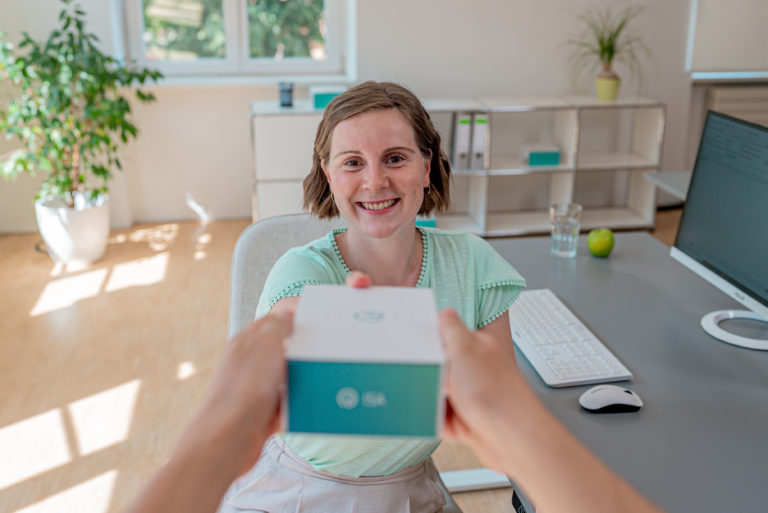
Yes, the risk assessment for desk workstations is a duty of the employer in accordance with § 3, 5 & 6 Arbeitsschutzgesetz. This obligation also applies to workplaces in the home environment.
Until now, there have been relatively few methods for carrying out a risk assessment in the home office. It is not realistic to send an occupational safety specialist to every employee's home to carry out the risk assessment there. Video calls, analyses using images or one-off presentations are feasible, but unfortunately not very effective. The workplace cannot be properly inspected without measurements and some parameters such as air quality and noise are completely ignored.
With «Isa – risk assessment», it is possible to carry out measurements directly at the workplace and have them checked directly by the AI. All changes are checked for their effectiveness over a period of 24 hours and adjusted again if necessary.
No. The sensor works with infrared light and only creates an anonymous 3D silhouette of the person at the desk. This means that it is not possible to identify people.
The employee whose workplace is being assessed carries out the risk assessment independently with Isa. No other expert is required for this.
The risk assessment takes up to 2 weeks. During this time, various phases are processed in which the parameters are measured, analyzed, optimized and checked for effectiveness. During this time, many functions of «Isa – rergo move» can be used.
No. However, recognized hazards must not be ignored, but solutions must be sought. Sometimes a discussion with employees is an important first step in raising awareness of the risks. A distinction can also be made according to how often employees work from home. Employees who occasionally work from home for a day are not exposed to any great risk.
Employees who work from home 4-5 days a week are exposed to hazards over a longer period of time. This exposes them to a very high risk, to become ill sooner or later. This is why we need to go into detail with these employees.
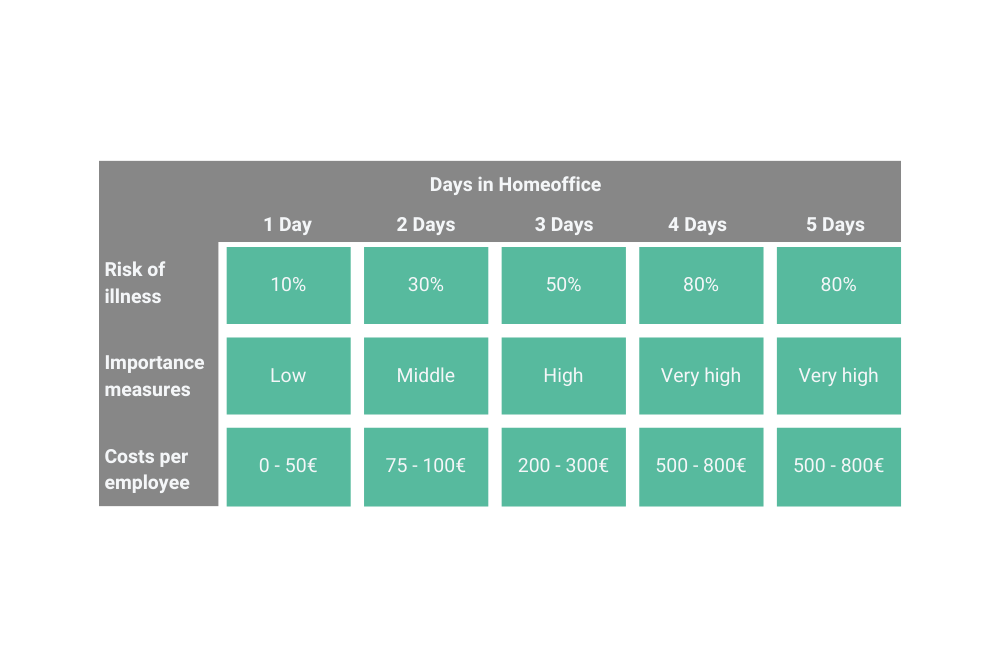
Once the risk assessment has been completed, employees receive a results report via QR code. This contains the implemented and outstanding measures as well as the resulting risks for employees.
Among all measures of the Occupational health and safety in the company the risk assessment is probably the most important. A risk assessment is a process in which hazards and stresses in the workplace are systematically identified and evaluated. This assessment of working conditions is required by law and serves to ensure the health and safety of employees. As part of the risk assessment, work processes, work equipment and occupational safety measures are continuously reviewed, documented and improved. The Federal Institute for Occupational Safety and Health (BAuA) has defined guidelines for the preparation of a risk assessment, which are anchored in DGUV Regulation 1 and the Occupational Health and Safety Act (ArbSchG).
Carrying out a risk assessment serves to ensure a healthy environment and prevention in the workplace. Occupational safety specialists, safety officers, company doctors, managers, the works council and employees should be involved in the process. Documenting the risk assessment is also an important part of the process in order to meet the documentation requirements of the Occupational Health and Safety Act. After the assessment, it is important to take suitable protective measures and preventative measures to avoid accidents at work.
When working from home, it is particularly important to continuously update the risk assessments and take into account the work processes and work equipment used. Carrying out a risk assessment in the home office not only protects employees, but is also required by law. However, implementation is not as easy as in the office. It is almost impossible for safety officers to check every home for hazards in the workplace, from work equipment or work areas themselves. However, it is difficult for employees to assess the risk factors themselves, even if they are provided with action aids. This is why a digital risk assessment with the latest sensor technology is ideal for error-free measurements and efficient effectiveness checks.